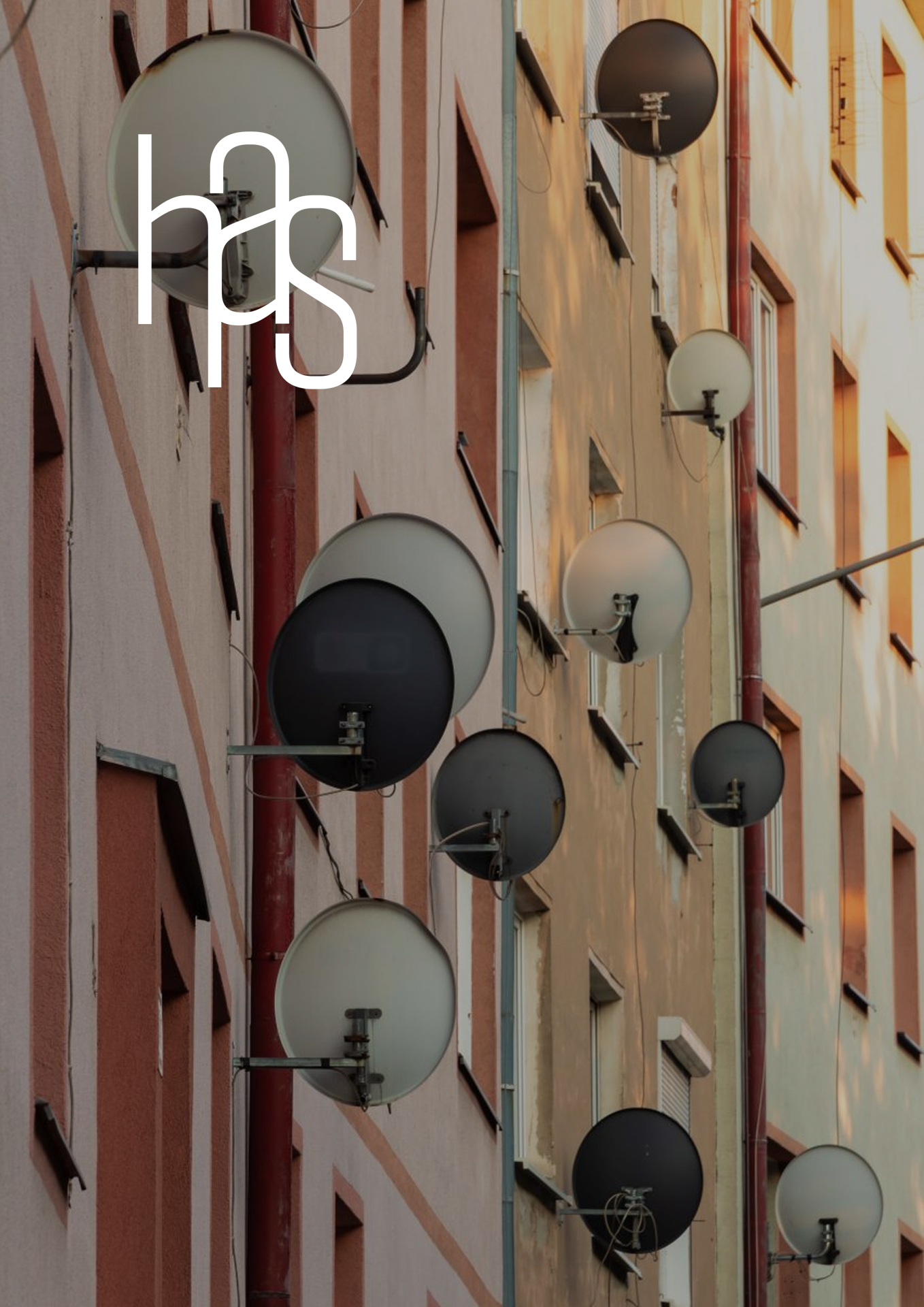
TEST test
DIRECTOR Luiz Oosterbeek (CIPSH)
DIRECTOR Margalit Berriet (Mémoire de l’Avenir)
HONORARY PRESIDENT Lin Xiang Xiong (GCACS)
EDITOR-IN-CHIEF Zoltán Somhegyi
PROJECT MANAGER Marie-Cécile Berdaguer
GENERAL COORDINATOR Katarina Jansdottir
ASIA COORDINATOR Kuei Yu Ho
UNESCO-MOST COORDINATOR Camille Guinet
GCACS COORDINATOR Fion Li Xiaohong
GRAPHIC DESIGN Costanza Matteucci & Élodie Vichos
ENGLISH EDITOR Dan Meinwald
FRENCH EDITOR Frédéric Lenne
PUBLIC RELATIONS AND PRESS Florence Valabregue
FRENCH AND ENGLISH TRANSLATION Ashley Molco Castello
CHINESE TRANSLATION Kuei Yu Ho
ADMINISTRATION AND PRODUCTION Victor Gresard
DIGITAL DEVELOPMENT Active Creative Design
WEBMASTER Labib Abderemane
EDITORIAL ASSISTANT Tamiris de Oliveira Moraes
OPERATIONS Mémoire de l’Avenir
Acknowledgements
The HAS team warmly thanks John Crowley, Chief of section UNESCO-MOST, for his collaboration and precious support of the project.
Aurore Nerrinck for her participation in the selection of contributions and Margherita Poli for her participation in the corrections.
All the people who have worked with great dedication in the creation of this first issue.
HAS Magazine is established as part of the Humanities, Arts and Society project, an international movement of artists, researches and creative projects demonstrating the impact of the arts and the humanities in society.
HAS Magazine is the next step in this project and the continuing partnership between UNESCO-Most1, The International Council for Philosophy and Human Sciences (CIPSH)2, Memoire de l’Avenir3, and the Global Chinese Arts & Culture Society (GCAC)4. Together with an international team of highly dedicated professionals of the humanities, culture and the arts accompanied by an Advisory Panel of eminent scholars and thinkers from the sciences and the cultural sector.
Founded as Arts and Society in 2016, the Humanities, Arts and Society project was developed within the preparatory endeavour of the first World Humanities Conference in Liege in 2017, organized by UNESCO-Most and CIPSH, following the concept Humanitude* by Adama Samassékou, the President of the African Academy of Languages, former President of CIPSH and Minister of Education in Mali.
HAS Magazine is created upon an original proposition of Prof. Xiang Xiong Lin, President and founder of the GCACS, conceived and developed by Mémoire de l’Avenir, UNESCO-Most and CIPSH within the Humanities Arts and Society Project.
War begins in the minds of men.5 The only way to prevent war from happening is through humanity, culture, and the arts. Only by penetrating the hearts and thoughts of people, individually and collectively, can we enable culture to suppress and overcome humanity’s wild and barbarous instincts, and purify its avaricious and power-hungry desires and ambitions.
The digital publication Humanity, Arts & Society is an ambitious artistic and scientific biannual journal, sponsored by four intergovernmental, non-profit cultural organizations. The shared mission and vision that has brought these four organizations together is based upon the goal of serving people and society, promoting culture, the artistic spirit, and human thought with the aim of building a universal global village of trust and harmony.
Professor Lin Xiang Xiong